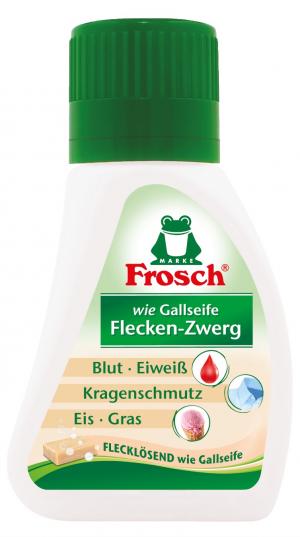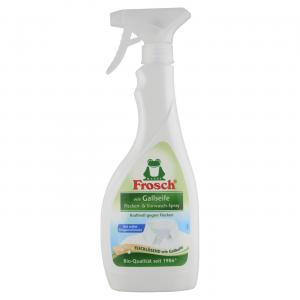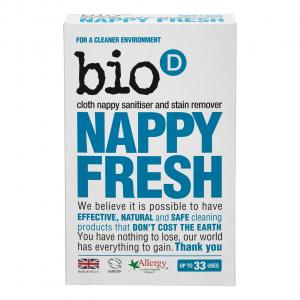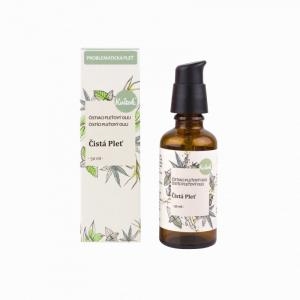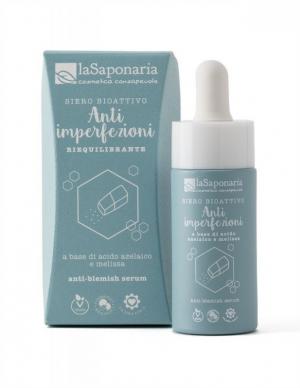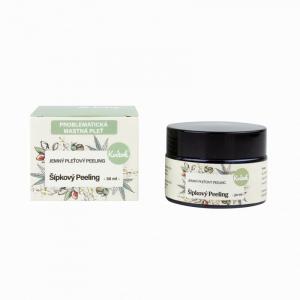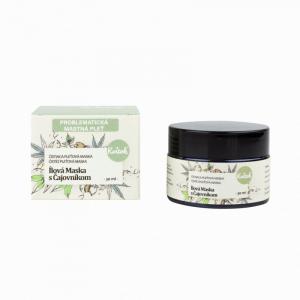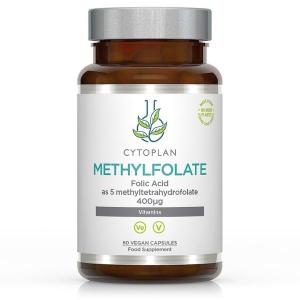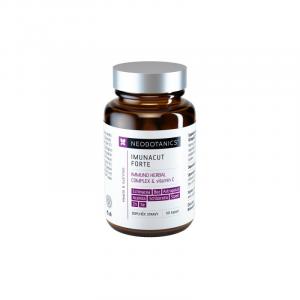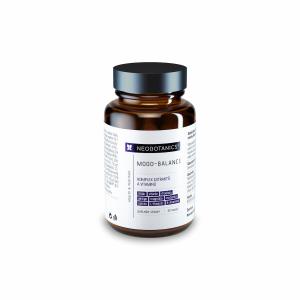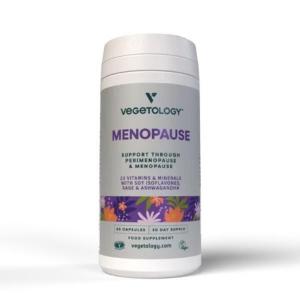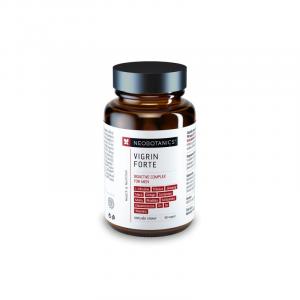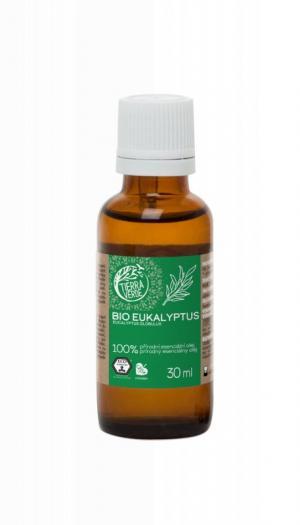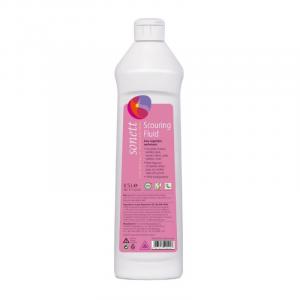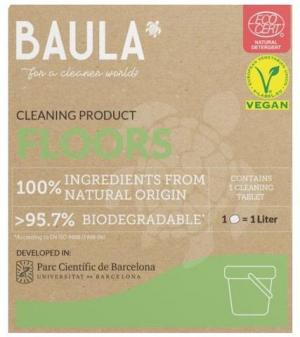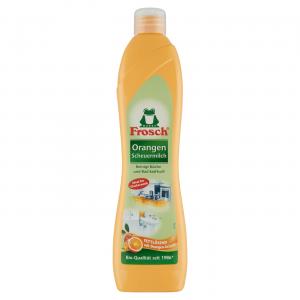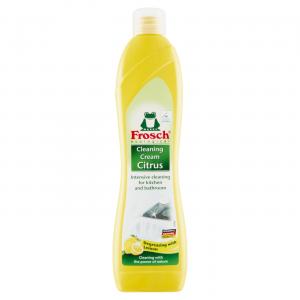
What is Impetigo and How to Successfully Treat It

Impetigo is a highly contagious bacterial skin disease that primarily affects children but can also occur in adults. This condition is characterized by the formation of blisters on the skin, which may burst and form scabs. It most commonly appears on the face, especially around the mouth and nose, but can occur on other parts of the body as well.
Causes and Risk Factors
Impetigo is caused by bacteria, primarily staphylococci and streptococci. These bacteria are commonly found on the skin and mucous membranes, but if the skin surface is disrupted, they can penetrate deeper layers and cause infection. Skin disruption can occur due to scratching, insect bites, burns, or other skin conditions like eczema.
Risk factors include childhood, especially ages 3-7, when the immune system is still developing. Being in group settings, such as schools and kindergartens, where infection spreads easily. A humid and warm environment that supports bacterial growth, poor hygiene, or sharing personal items like towels and clothing, and weakened immunity due to other illnesses.
Try our natural products
Symptoms and Diagnosis
Impetigo usually manifests as red spots on the skin that quickly turn into fluid-filled blisters. These blisters burst and form honey-colored scabs. The disease can be very painful and unpleasantly itchy. There are two main forms of impetigo: non-bullous and bullous impetigo.
Non-bullous impetigo is the most common form, characterized by small blisters that burst and form scabs. This form is highly contagious.
Bullous impetigo is a rarer form characterized by larger blisters filled with clear fluid. It more frequently affects newborns and young children. Diagnosis is usually made based on clinical examination. In some cases, a doctor may take a swab from the affected area to identify bacteria and determine the most appropriate treatment.
Try our natural products
Treatment and Prevention
Treatment of impetigo involves the use of topical antibiotics in the form of ointments or creams. In more severe cases, oral antibiotics may be necessary. Keeping the affected area clean and dry to prevent the spread of the unpleasant infection, and regular hand washing along with the use of personal towels and hygiene products.
Prevention of impetigo involves adhering to basic hygiene measures. Frequent hand washing with soap and water, not sharing towels and personal items, caring for minor skin injuries and treating them promptly, combined with boosting the immune system through a healthy diet and adequate rest can significantly reduce the risk of infection.
Try our natural products
Living with Impetigo
Impetigo can be unpleasant and stressful, especially for children and their parents. It is important to follow the doctor's recommendations and carefully monitor the course of treatment. If symptoms worsen or the infection repeatedly returns, it is necessary to consult with a dermatologist or an infectious disease specialist.
Timely and proper treatment usually leads to complete recovery without permanent consequences. Emphasizing prevention and hygiene can significantly reduce the risk of recurring infections. In case of infection, it is important to remain calm and ensure that the child stays home until fully healed to prevent possible spread of the disease to other children.
It is also important to inform the school or kindergarten about the occurrence of impetigo so that appropriate hygiene measures can be implemented to minimize the risk of spreading the infection among other children. Proper communication and cooperation between parents, schools, and healthcare professionals can significantly contribute to quickly managing the situation and minimizing risks associated with the spread of impetigo.
Try our natural products
Long-term Care and Monitoring
Even after recovery, it is important to continue practicing hygiene and preventive measures to prevent recurrence of the disease. Parents should be educated on proper skin care for their child and ways to minimize the risk of future infection. Regular check-ups with a doctor can help detect any signs of a returning infection early and ensure quick treatment.
If a child suffers from frequent infections or has weakened immunity, it may be advisable to consult an immunologist, who can suggest specific measures to enhance the body’s resistance to infections. Although impetigo is not a serious disease, its repeated occurrence may indicate the need for a more thorough examination and an individual treatment plan.
Impetigo is a disease that can affect anyone, but with the right approach and adherence to hygiene rules, it is possible to minimize the risk of infection and ensure quick and successful recovery. Awareness and prevention are key factors in combating the spread of this unpleasant but treatable disease.
Try our natural products
Recommendations for Parents
If your child is affected by impetigo, it is important to follow a few basic recommendations:
Always adhere to the treatment prescribed by the doctor. Antibiotics should be taken as directed by the doctor, even if symptoms begin to improve. Maintain hygiene, wash your hands frequently, especially after contact with affected areas. Prevent touching the face and other parts of the body to prevent the spread of infection. The child should stay home until the blisters heal and the scabs fall off to prevent spreading the infection to other children.
Regularly disinfect the environment. Clean and disinfect items the child uses, such as toys, towels, and bedding. Inform the school or kindergarten, teachers, and other parents about the occurrence of impetigo so that preventive measures can be taken.
These measures can significantly contribute to faster recovery and minimize the risk of spreading impetigo among other children and adults.
Try our natural products
Prompt Response and Regimen Help
Impetigo is a common but highly contagious skin condition that can be successfully treated and prevented by following basic hygiene habits. If impetigo is suspected, it is important to seek medical help and follow the recommended treatment to prevent complications and the spread of infection. Following preventive measures, such as frequent hand washing and proper skin care, can significantly reduce the risk of developing this disease. Early diagnosis and proper treatment are crucial for the quick and effective management of impetigo and ensuring the health and well-being of your children.
